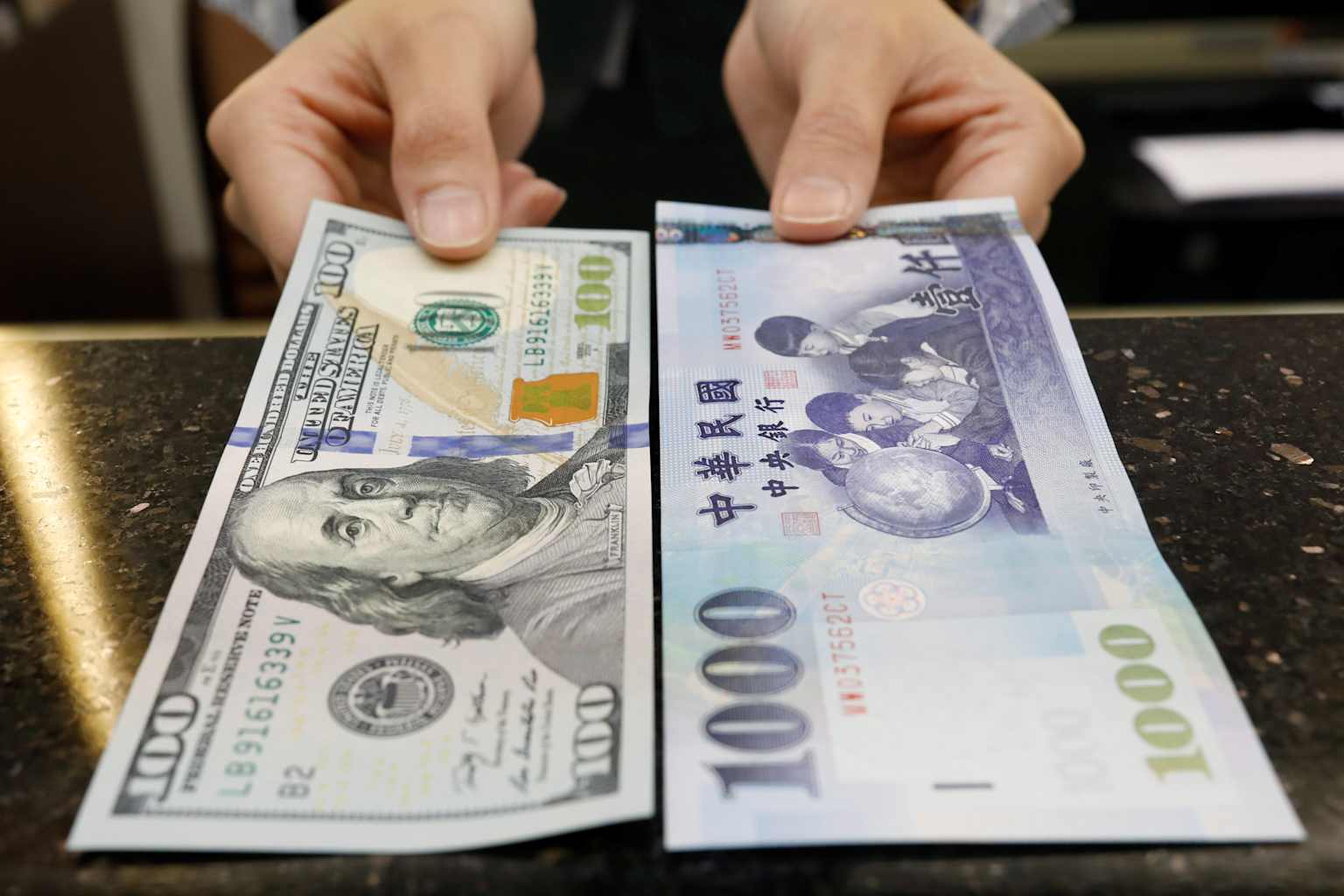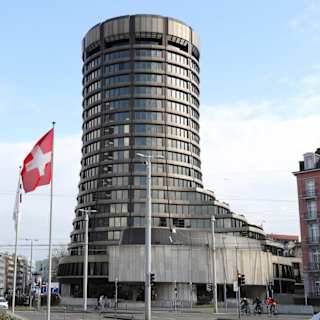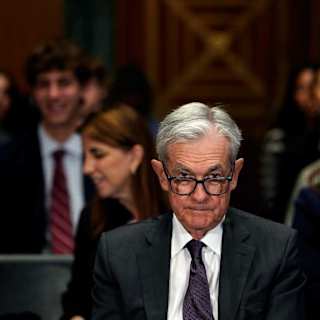- Central Bank Intervention Intensifies
- Trade War Catalyst
- Economic Pressures Mount
The Taiwan dollar surged more than 2% on Tuesday, capping a volatile year that has seen the currency become Asia's best performer with a 12% gain against the U.S. dollar. The latest jump pushed the currency to 29.16 per dollar in its biggest one-day gain since early May, as exporters sold greenbacks and tested the central bank's tolerance for local currency strength.
The sharp swings underscore Taiwan's currency becoming a flashpoint in global trade tensions, with the island's monetary authorities walking a delicate line between market forces and economic stability amid ongoing negotiations with the Trump administration.

Taiwan's central bank has stepped up efforts to manage the currency's volatility, with state banks buying U.S. dollars to smooth market liquidity during Tuesday's session1. The intervention came after the currency slid over 2% on Monday, highlighting the whipsaw movements that have characterized trading in recent months1.
"The recent surge of the Taiwan dollar is like a rogue wave, putting considerable pressure on the central bank," said Lee Chen-yu, chief economist at Taishin Financial Holding2. Foreign exchange traders noted the currency could peak between NT$28.0 and NT$28.5 this year, with authorities actively intervening at key psychological levels2.
The currency's trajectory shifted dramatically in May when it jumped approximately 10% in just a few days, sparking speculation about undisclosed concessions in trade negotiations with President Trump1. The surge coincided with the end of U.S.-Taiwan trade talks in Washington and came as Taiwan faced 32% tariffs on its exports12.
President Lai Ching-te vowed to "work with" the U.S. through negotiations that would include additional procurement and investments in America, as well as eliminating barriers to U.S. imports1. The currency movements have created what analysts call a "double whammy" for Taiwanese exporters, who now face both tariff hikes and an appreciating currency3.
The currency's strength threatens Taiwan's export-dependent economy and life insurance sector, which holds more than $700 billion predominantly in U.S. financial assets1. A 10% appreciation could trigger $20 billion in losses for life insurers due to currency mismatches2.
"Much of the current rally stems from a rush in export orders ahead of U.S. tariff measures, forcing exporters to convert large amounts of foreign currency back to Taiwan dollars," said National Central University economics professor Dachrahn Wu3.


